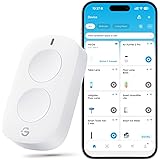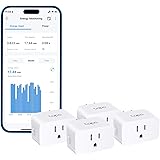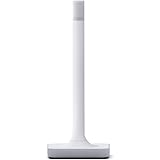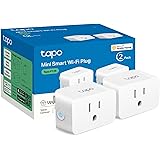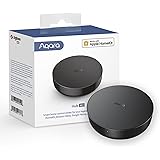The Raspberry Pi is a small, affordable computer that can be used to control home automation devices. It has built-in GPIO pins, an Ethernet port and can connect to many different sensors and devices. It also consumes very little power, reducing electricity costs and environmental impact. The Raspberry Pi is an excellent choice for home automation projects, as it can be configured to run as a server, secure soft router, firewall and more. This guide will show you how to setup the Raspberry Pi as a home automation hub with the open-source Home Assistant software.
The Home Assistant software was specifically designed for devices like the Raspberry Pi, and provides a comprehensive set of features to automate your home. It can monitor your home environment and track your energy usage, and it can be used to control your smart appliances, including lighting, heating, cooling and more. It also includes an integrated calendar, reminders and alarm system, making it easy to manage your daily tasks.
To get started with the Raspberry Pi and Home Assistant, you’ll need a few pieces of equipment. The first thing you’ll need is a Raspberry Pi 3 or Pi 3 B+, a USB 2.4GHz Zigbee/Z-Wave adapter and a 16GB+ SD card (fast A1 rated). Once you have all of this, you can follow the steps below to set up Home Assistant and start automating your home.
Once you’ve installed the latest version of Home Assistant, the next step is to create a user account. To do this, log into the web interface at https://homeassistant.local:8080/. This will bring up the home page, where you can enter in your email address and password. You’ll also need to select a language and time zone, as well as choose if you want Home Assistant to use your Wi-Fi location or not.
Home Assistant has integrations for over 1500 different devices and platforms. This includes popular brands like Philips Hue, Ring, Nest, Ecobee and Alexa. You can even connect it with a streaming service such as Spotify or Netflix to automatically play your favorite movies and TV shows!
Another great feature of Home Assistant is that it can run locally on your Raspberry Pi, which means you won’t need to rely on cloud services for security or reliability. This will give you greater control over your privacy and allow you to keep your data safe from hackers.
